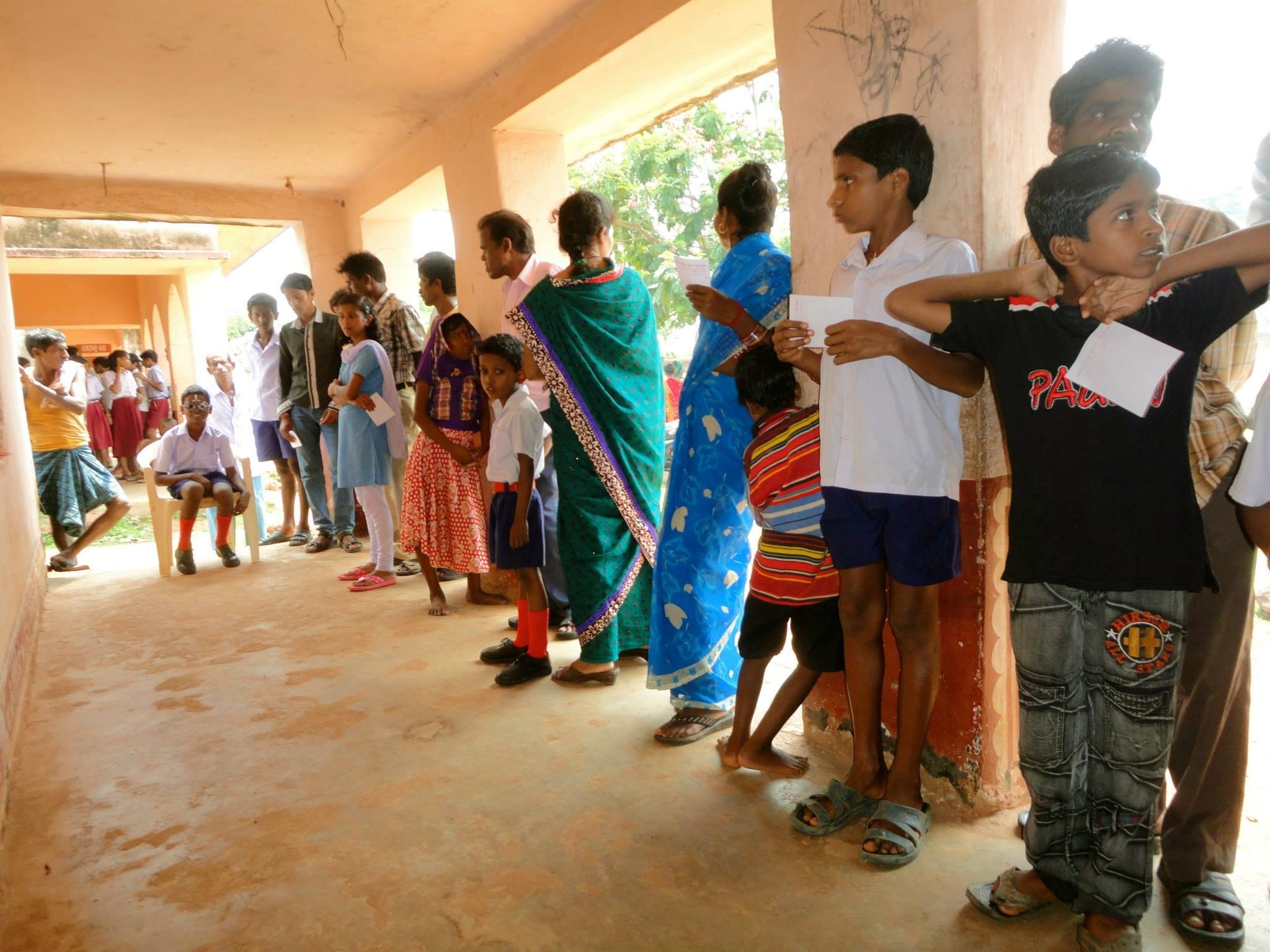
EFFECTIVE PROGRAM DEVELOPMENT CERTIFICATE
Module 14: Opt-in vs. Opt-out Program Design - Who Initiates Care
In recent years, the availability of antiretroviral drugs for HIV treatment has continued to improve. However, prevalence remains high, and HIV patients continue to go untreated in many developing countries. Studies on this global health issue have found that the sustained epidemic can primarily be attributed to low rates of HIV testing and subsequent delays in treatment.(1) For instance, assessments among various countries in sub-Saharan Africa have found that only 8-25% of people living with HIV know their positive status.(2) This lack of knowledge has thus been associated with sustained risk behaviors contributing to viral spread.
The traditional model for HIV testing has been voluntary counseling and testing (VCT), in which patients take initiative in seeking testing procedures. VCT has shown low acceptance levels. A study in Zimbabwe found that acceptance of VCT among pregnant women at an antenatal clinic ranged from 20 to 63%.(3)
Existing barriers to HIV testing among men and women in developing countries include stigma, discrimination, and fear. To increase testing rates, the World Health Organization (WHO) and United Nations program on HIV/AIDS (UNAIDS) have sought to modify health policies in order to standardize HIV testing in generalized epidemic areas. Specifically, policies were revised to reflect physician-initiated testing and counseling (PITC), also known as an “opt-out” strategy. The PITC method recommends that all patients be tested, “irrespective of epidemic setting, whose clinical presentation might result from underlying HIV infection.”(4) Nevertheless, discussions should include making known the right to decline testing, the risks and benefits of testing and disclosure, and available sources of support. Clarifying patient right to refuse testing preserves the voluntary nature of the procedure.(5)
Research has suggested that people prefer to include HIV testing as a component of standard care for all patients in generalized epidemic areas, as opposed to isolating HIV tests to special clinic visits that would further stigmatize the procedure and reduce testing convenience.(6) By including HIV testing with protocol for normal clinic visits, the PITC policy intends to capture an increased %age of the HIV-positive population and channel them into treatment. PITC programs have thus far proven to be successful in increasing the number of total individuals tested and total patients who know their HIV status. The countries of Botswana, Kenya, and Haiti, among others, have all shown considerable increase in testing rates, as country policies shifted from VCT to PITC.(7)
The foremost difference between VCT and PITC strategies is the counseling component. Traditionally, VCT pre-test counseling is lengthy (1-2 hours) and perceived as being inconvenient. The VCT pre-test period allows the provider to obtain informed consent, educate on the need for HIV testing and prevention, and provide counseling for potential test results. PITC removes the requirement for extended pre-test counseling and condenses the counseling period to the provision of informed consent and education, taking less than half the time (20-30 minutes).(8)(9) Vulnerable groups (specifically, women and minors) may require more comprehensive information.
A chief concern of PITC has been the risk of a boomerang effect, where the intended outcome of reducing stigma against HIV testing would instead deter at-risk individuals from visiting clinics at all.(10) However, the WHO has indicated that there is no change in clinic use in the low-resource settings, and there are overall positive patient attitudes toward PITC.(11)
The issue of patient vs. provider-initiated HIV testing, as manifested in VCT or PITC testing strategy, is a primary example of how global health policy can be used to influence health outcomes. Although programs in health education and behavior remain important supplements to affecting change, political will and macro-level health policy create necessary foundations on which long-term HIV testing programs can be sustained.
Footnotes
(1) April, M.D. (2010). Rethinking HIV exceptionalism: The ethics of opt-out HIV testing in sub-Saharan Africa. Bulletin of the World Health Organization, 88:703-708.
(2) World Health Organization. (2007). Towards universal access; Scaling up priorities HIV/AIDS interventions In the health sector. Progress Report. Geneva, Switzerland: WHO.
(3) Chandisarewa, W., Stranix-Chibanda, L., Chiapa, E., Miller, A., Simoyi, M., Mahomva, A., Maldonado, Y., Shetty, A.K. (2007). Routine offer of antenatal HIV testing (“opt-out” approach) to prevent mother-to-child transmission of HIV in urban Zimbabwe. Bulletin of the World Health Organization, 85(11):821-900.
(4) World Health Organization. (2007). Guidance on provider-initiated HIV testing and counseling in health facilities. Geneva, Switzerland: UNAIDS.
(5) Ujiji, O.A., Rubenson, B., Ilako, F., Marrone, G., Wamalwa, D., Wangalwa, G. and Ekstrom, A.M. (2011). Is ‘opt-out HIV testing’ a real option among pregnant women in rural districts in Kenya? BMC Public Health, 11:151.
(6) Ministry of Health and Social Welfare. (2008). Sexually transmitted and reproductive tract infections: A manual for service providers. Dar es Salaam, Tanzania: National AIDS Control Programme.
(7) Becker, J., Tsaque, L., Sahabo, R. and Twyman, P. (2009). Provider Initiated Testing and Counseling (PITC) for HIV in resource-limited clinical settings: Important question unanswered. Pan African Medical Journal, 3:4.
(8) Ministry of Health and Social Welfare. (2008)
(9) World Health Organization. (2011). Provider-initiated HIV testing and counseling: One-day training programme, field test version. Geneva, Switzerland: world Health Organization.
(10) Ringold, D.J. (2002). Boomerang effects in response to public health interventions: Some unintended consequences in the alcoholic beverage market. Journal of Consumer Policy, 25:27-63.
(11) World Health Organization. (2007). Guidance on provider-initiated HIV testing and counseling in health facilities. Geneva, Switzerland: UNAIDS.
